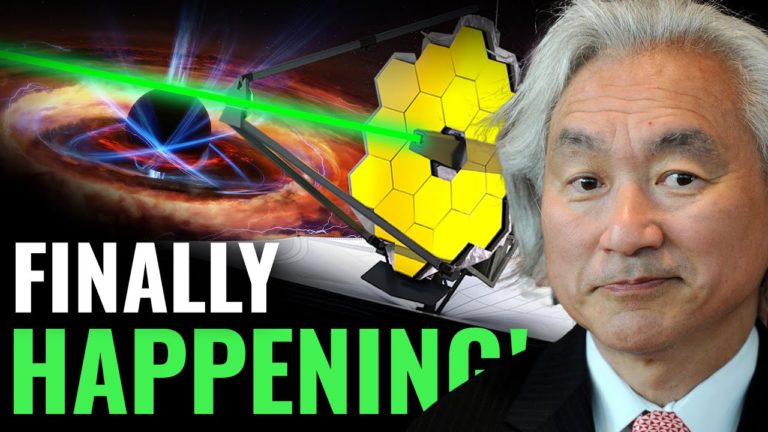James Webb Telescope Terrifying Discovery Before Big Bang Will Change Everything!
How did this universe begin? Were we alone in this huge cosmos before the Big Bang? Just some of the numerous questions that scientists have been pondering for years, like this one: They planned a slew of projects and missions to gather as much information as possible about our origins and the universe we live in, but no technology existed to do it.
The James Webb Space Telescope, a large telescope was then built by scientists and is expected to help us understand the origins of the cosmos.
The projected Christmas Day 2021 launch of the $10 billion James Webb Space Telescope was both exhilarating and worrisome for the thousands of scientists, engineers, managers, and support staff who worked on the project for almost a decade. The scientific potential of the JWST is vast, and it could provide answers to some of the most fundamental problems in the universe’s evolution. But the real question is, can this JWST achieve it? Is it possible that James Webb will be able to see thousands of light-years into the future?
We’ll be discussing this in today’s Post. Come on, let’s get started! A new era of astronomy is just around the corner, provided everything goes according to plan.
After a nail-biting launch on Christmas Day, the James Webb Space Telescope (JWST) has launched its mission to capture the birth of the universe. James Webb Space Observatory will be NASA’s largest and most powerful space research telescope, exploring the cosmos to learn more about the universe’s history, from its Big Bang to the birth of alien planets and beyond. The observatory will cost $10 billion.
It is a part of NASA’s Great Observatories, which comprise the Hubble Space Telescope and other massive space telescopes that can stare into the universe. One of JWST’s primary goals is the exploration of galaxy formation more than 13.5 billion years before the Big Bang, a hitherto unobserved period of cosmic history that formed our universe as we know it today. According to NASA, JWST was built to observe a time in the universe’s history that has not yet been observed before, rather than to study the origins of the cosmos. We prefer to think of the JWST as a successor to the Hubble Space Telescope, rather than a replacement.
More than 30 years after its launch, the Hubble Space Telescope has provided us with breathtaking views of the universe and countless scientific discoveries. It is our hope and expectation that it will continue for many more years to come. However, the telescope’s 2.4-meter diameter mirror, compared to ground- based telescopes, limits its sensitivity and ability to observe the faintest objects. This is a limitation. Even though Hubble can observe infrared light, it cannot access the light wavelengths from the very first stars and galaxies.
Hubble has some capability to observe infrared light. JWST, on the other hand, will be able to do this task. For the first time, we may even be able to observe stars that were generated from primordial material from the Big Bang. Knowing when and how the first stars originated soon after the Big Bang is an important scientific subject and one of the key science aims of JWST.
Carbon, silicon, and gold, which are essential to life and contemporary technology, were produced in the early stars, but how they did so is still a mystery to us. As a result, the design of this observatory has been influenced greatly by the fact that it needs to be extremely cool to reduce the amount of unwanted background light. It’s not just the initial stars and galaxies that will be studied by JWST.
Researchers from all over the world can apply for time at this observatory, which is designed to serve a variety of purposes. Infrared observation will allow JWST to see through the clouds of dust that enshroud very young stars, which are impenetrable to the visible light of the telescope. That means it will be able to see directly into star-forming regions, something Hubble hasn’t been able to do yet.
The findings will provide light on the formation of stars and the systems of planets that orbit them as a result of the collapse of dust and gas clouds. Webb will be able to see further into the universe than Hubble, and it will be far more sensitive. This will allow Webb to go back much further in time and view the earliest galaxies that formed in the early universe.
Do not forget to share your opinion with us to provide you with the best posts !




It can’t change everything – the science is settled